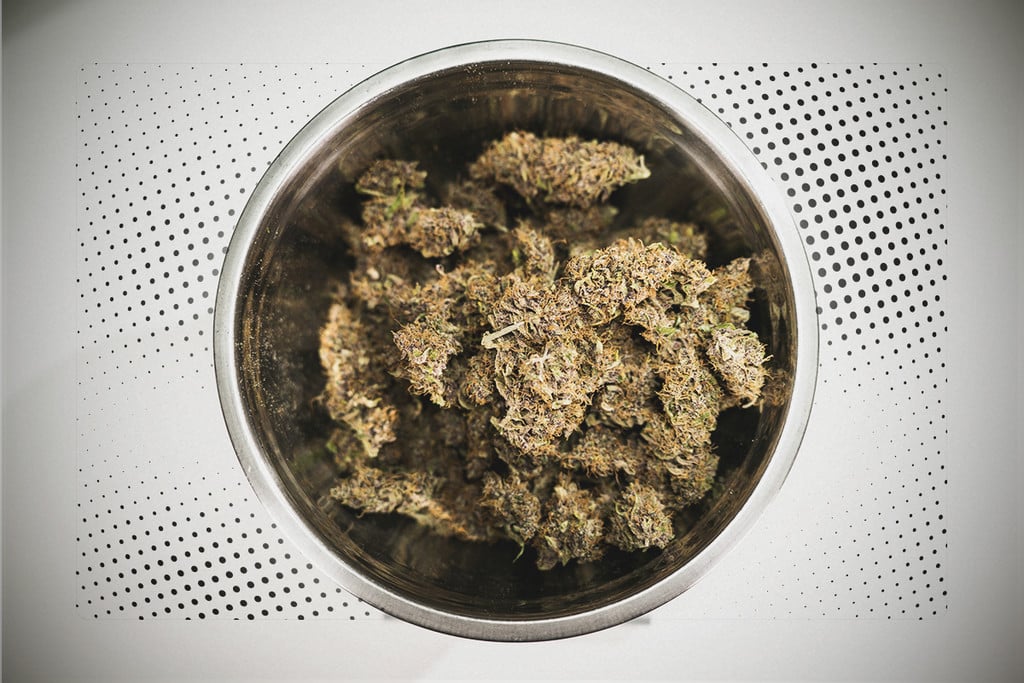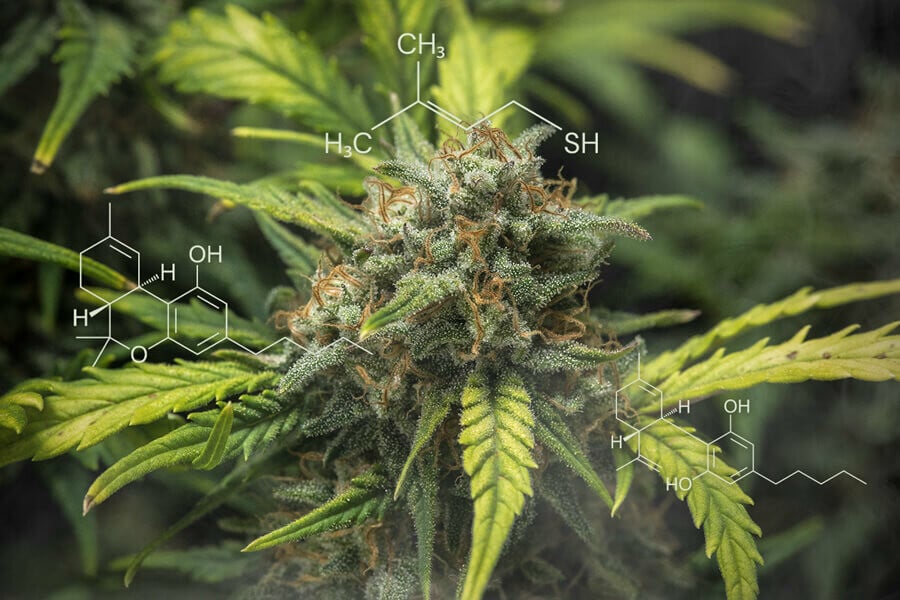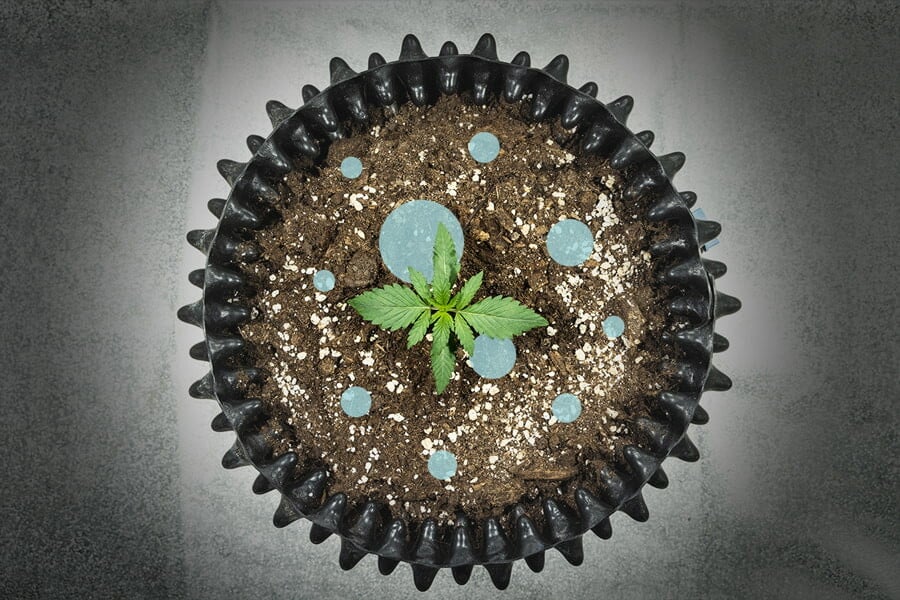.
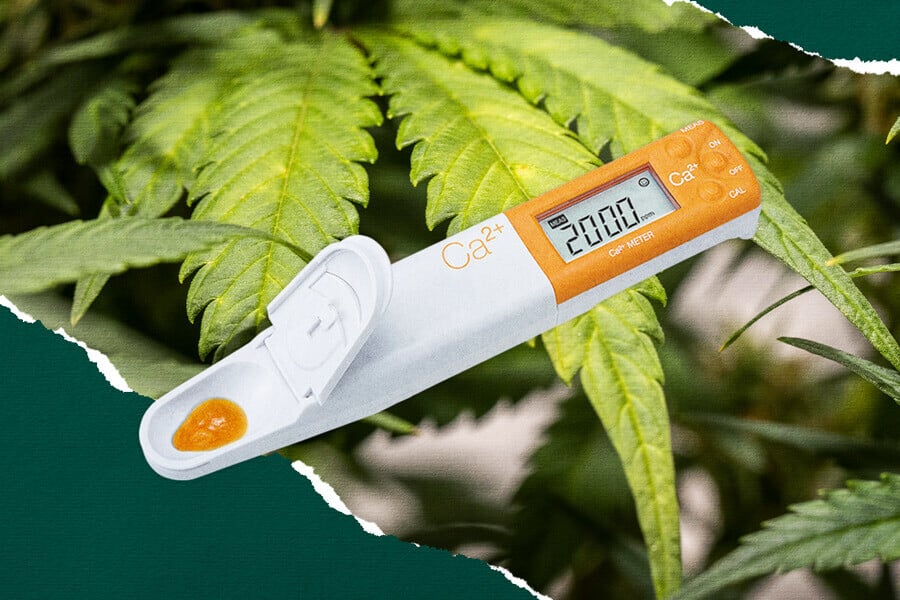
Plant Sap Analysis and Its Benefits for Cannabis Cultivation
Explore the transformative power of plant sap analysis in cannabis cultivation. This innovative technology provides real-time insights into plant health, enabling growers to proactively address nutrient deficiencies before they impact crop yield. Learn how to collect samples, interpret results, and respond to critical plant sap data.
Contents:
- What is plant sap analysis?
- What are the advantages of using plant sap analysis?
- What’s the difference between a sap test and a tissue test?
- How to perform cannabis plant sap analysis
- Making sense of plant sap analysis results
- Responding to plant sap analysis results
- The future of sap analysis in cannabis cultivation
Key Points
- Plant sap analysis is a revolutionary tool for cannabis growers.
- The technology provides real-time insights into plant health and nutrient status.
- Find out how to collect samples and interpret sap testing results.
- Discover the future of plant sap analysis and how it will change the way everyone grows weed.
You can look at plant sap analysis as a health check for your weed plants. The results will show you where they’re lacking in nutrients, helping you make data-driven decisions before deficiencies set in. Find out everything you need to know about this industry-changing technology below.
What Is Plant Sap Analysis?
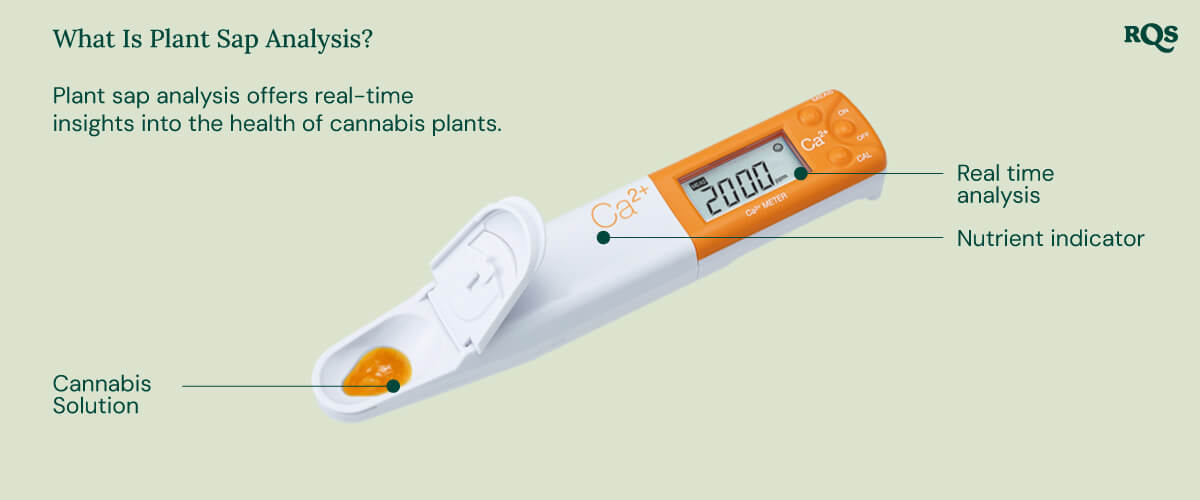
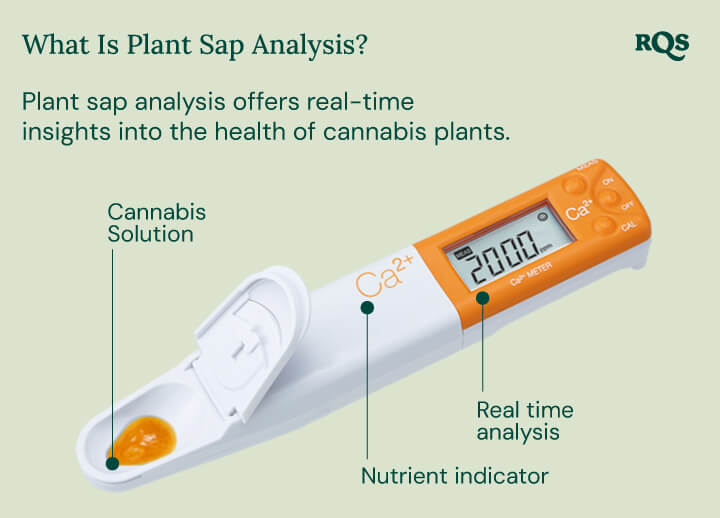
Plant sap analysis offers real-time insights into the health of cannabis plants. Preventive and preemptive, it allows growers to react to nutritional imbalances in the earliest stages, minimising disruption to crop health and productivity.
To understand plant sap analysis as a tool to assess crop health, we first need sufficient knowledge of sap—the very substance this method seeks to examine. As the fluid that circulates nutrients, hormones, and other essential molecules throughout plant tissues, you can look at sap as the botanical equivalent of human blood.
Just as blood flows through the human body through a complex network of veins and arteries, plant sap is also drawn through a vascular network by transpirational pull. The xylem vasculature of plants is tasked with transporting water and dissolved minerals obtained through the roots, while the phloem distributes sugars and other organic compounds produced during photosynthesis.
Most cannabis growers only become aware of nutrient deficiencies in their plants once symptoms of discolouration and plummeting vitality become visible, causing them to scramble for a quick fix before the situation tailspins out of control. Much like taking a blood test while healthy to identify the signs of looming illness, growers can use plant sap analysis as a preemptive measure to avoid potential issues. By sampling and analysing plant sap, cultivators gain real-time insights into the nutrient status of their crops, which allows for quick and effective remediation.
Overall, plant sap analysis has emerged as groundbreaking cannabis cultivation technology, alongside the likes of microbiome analysis and precision fertilisation. Together, these tools will streamline the cultivation process, ironing out potential bumps in the road and maximising productivity.
What are the Advantages of Using Plant Sap Analysis?
Plant sap analysis has the potential to revolutionise nutrient monitoring in cannabis cultivation. This tech has obvious applications in commercial operations but also appeals to home growers looking to achieve the best results possible. But how exactly does this approach improve outcomes? What specific benefits does it offer farmers and home growers?
-
Proactive Approach to Plant Health
Traditional methods of assessing plant health, including simple visual inspection, reveal problems only after they rear their heads and negatively impact plant growth and overall health. One of the major benefits of plant sap analysis is the method’s ability to detect potential issues before they become problematic.
This allows growers to take on a proactive role. Rather than amending the substrate, applying nutrients, and hoping for the best, they can track the effectiveness of inputs and fertility programmes in real-time. As such, cultivators can assess what works and identify any small problems before they become more substantial.
-
Real-Time Insights & Data-Driven Decisions
Sap testing marijuana plants has an edge over more general and “slower” forms of nutrient monitoring. While sending samples off to a lab for a more accurate result takes some time, at-home kits provide rapid, albeit less detailed, results.
These handy kits provide quick figures on the big three macronutrients— nitrogen, potassium, and phosphorus—as well as critical micronutrients including manganese, zinc, boron, and others. The ability to peer into the nutritional status of cannabis plants while standing next to them comes with an obvious benefit: speedy remediation of any nascent imbalances.
That said, sending sap analysis samples off to a lab naturally comes with a wait time of around one week. However, the in-depth results are helpful for making informed decisions in the field, grow tent, or garden.
For example, taking samples from both older and younger leaves paints a picture of the movement of mobile nutrients in plants. While younger leaves might have adequate levels of phosphorus, older leaves may exhibit a dearth, indicating early signs of a deficiency and allowing cultivators to act swiftly and preventatively.
-
Timely & Accurate Nutrient Application
Some agronomists advocate for three rounds of cannabis plant sap analysis across the season, while some growers opt for weekly readings. Either of these methods is sufficient for dictating optimal nutrient delivery.
While sticking to a predetermined feeding regimen often works for weed growers, it doesn’t account for troubles that can pop up along the way, including issues with soil pH, root diseases, salinity, heat stress, and myriad other variables.
Rather than allowing an arbitrary regimen to dictate the application of nutrients, plant sap analysis harnesses real data. Growers can accurately give their plants what they need when they need it, catering to different stages of the growing cycle along the way.
-
Plant Quality and Yield
If you’ve ever grown cannabis, or any other plant for that matter, you’ll have noticed that when you get your nutrient timing and quantity right, your plants thrive. Conversely, poor timing and excess or insufficient feeding can cause anything from minor issues such as discolouration to big problems including poor yields and even plant failure.
Plant sap analysis helps growers dial in nutrient timing and quantity for the best results. In the context of cannabis, this translates into bigger and more abundant flowers and more attractive chemical profiles.
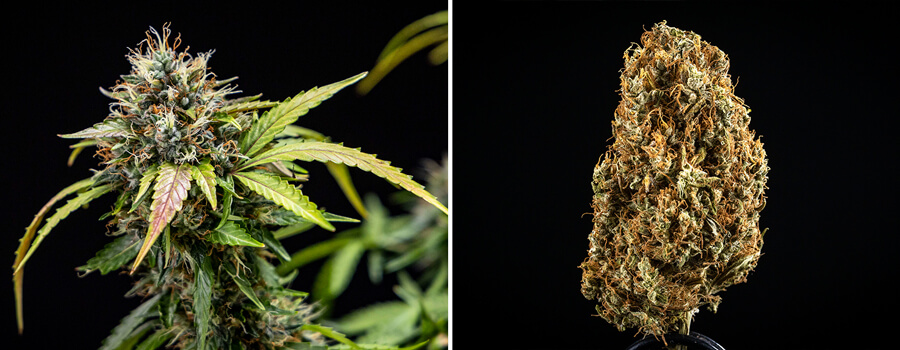
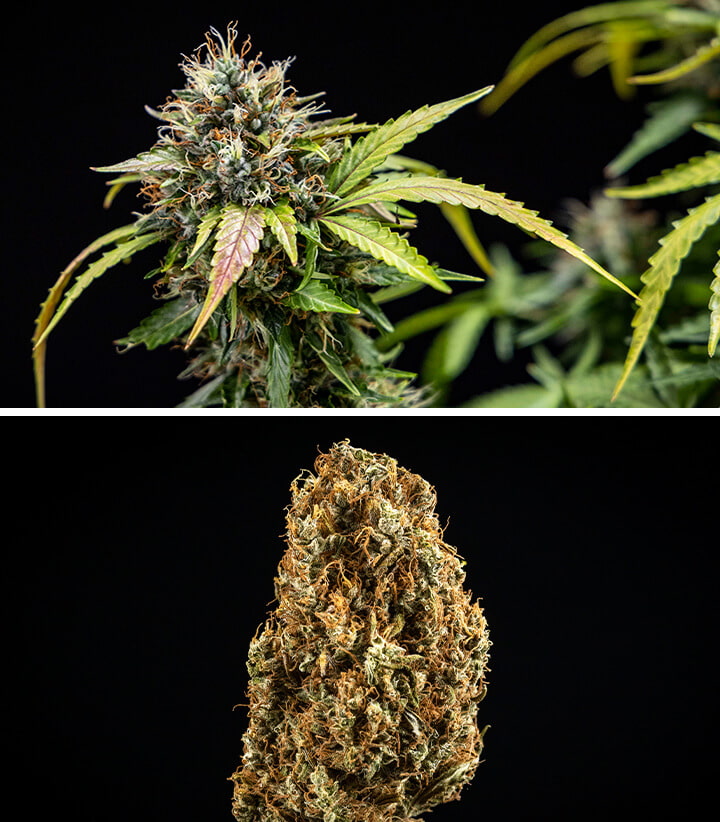
-
Reduced Costs
Whether you oversee a commercial operation or grow cannabis frequently at home, seeds, nutrients, and growing supplies can quickly become a significant investment. This means every substandard harvest or crop failure comes with a financial consequence.
Healthy and well-fed plants offer a greater return on investment. Nutrient monitoring in cannabis cultivation increases the chances of success, and plant sap analysis makes this easier and more accurate than ever.
What’s the Difference Between a Sap Test and a Tissue Test?
Plant sap analysis is one of several means of gauging the concentrations of nutrients within cannabis plants. Tissue testing offers another means of assessing plant nutrition.
However, tissue testing differs significantly from plant sap analysis in several distinct ways. First, it measures nutrients at fixed sites. Plant sap analysis measures circulating nutrients, whereas tissue testing measures nutrients already incorporated into plant tissues.
Why is this important? Because measuring incorporated nutrients provides historical data; it tells a story of nutrient availability at the time of storage, which could be several weeks or even months in the past for older leaves.
In contrast, plant sap analysis provides insights into real-time nutrient availability. This has the advantage of allowing growers to detect the first signs of deficiency well before symptoms show up in a tissue test.
<h3" style="padding-left: 30px;">Sap Testing vs Soil Testing <p" style="padding-left: 30px;">Soil testing plays an important role in agriculture as it gives cultivators an accurate reading of the nutrient status of their soil. While useful, it leaves growers with certain blind spots when used in isolation. Although it communicates what nutrients are present in the soil, it doesn’t disclose their availability to plants in the required concentrations. <p" style="padding-left: 30px;">Various factors can disrupt nutrient uptake, from root architecture and pH of your cannabis plantto heat stress and drought. While your soil might look good, tissue or sap analysis could reveal key issues.
How to Perform Cannabis Plant Sap Analysis
The procedure for conducting plant sap analysis varies depending on the type of analysis being employed. In-field tests produce more limited results but are much faster and provide information on key nutrients. Lab tests are more thorough, but it takes longer for growers to receive the data. Check out the guidelines for each method below.
-
Lab Testing
Lab testing protocol can vary depending on the product/lab in question, so carefully follow the instructions on the product you’ve selected. With that said, the procedure will look something like this:
- Shipping arrangement: Make sure to arrange shipping before you collect samples. This will allow for prompt delivery, which will help to maintain leaf quality.
- Label: Ensure accurate labelling with the correct name and farm name, date of collection, cultivar, location, and other relevant information.
- Collection: Collect the required amount of both young and old leaves. Take the sample before 9 am when sap levels are optimal in plant vasculature.
- Moisture removal: Remove any excess moisture from dew or rain. You can do this by placing them between paper towels and gently pressing down, but try to avoid crushing or bruising the leaves.
- Prepare packaging: Place the young and old leaf samples into separate plastic bags. Express the air from each bag and seal them closed.
- Store: Make sure to store samples in the fridge before shipping to maintain their quality.
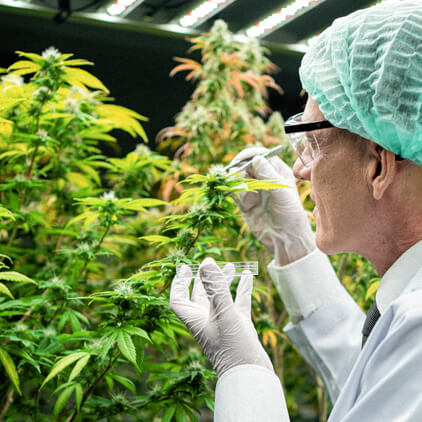
-
In-Field Testing
In-field testing technology is still in the early stages of development, and most kits only test for a limited range of nutrients. Again, ensure that you closely follow the directions provided with your specific product. While the instructions for each varies, here's what you can expect:
- Prepare for sampling: Aim to sample at around 9–11 am. Select a healthy plant that isn’t showing obvious signs of diseases or deficiencies.
- Collect samples: Collect the petioles (leaf steam) from several young leaves and several old leaves from your target plant.
- Prepare samples: Using clean scissors, strip away the leaves so you’re left with the bare petioles. Then, cut the petioles into 1 cm lengths.
- Extraction: Place the young cut petioles into a garlic press and strain the sap into a clean beaker or test tube. Repeat the process with the older cut petioles, collecting the sap in a separate container.
- Analysis: Run the test according to product instructions.
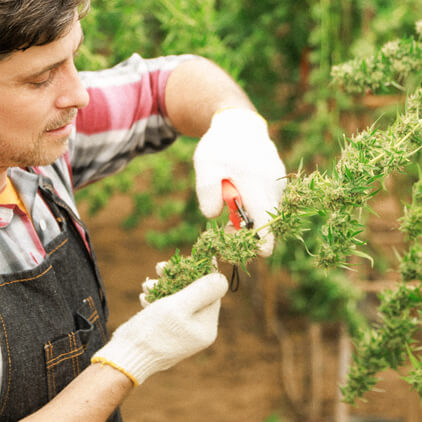
Making Sense of Plant Sap Analysis Results
After conducting an in-field or lab test, you’ll have all the data you need to make any required changes to your growing medium and fertilisation regimen. However, you need to know what to look for first. Check out a couple of the most important data sets below.
-
Gradient vs Net Levels
The net level data set refers to the absolute levels of nutrients within the collected samples, whereas the gradient data set refers to the distribution of nutrients throughout different plant components. A plant could yield normal net levels of nutrients while still being prone to a deficiency further down the line.
In the case of the samples described above, the gradient data helps users to understand how well plants are translocating nutrients. For example, if your new leaf sample has adequate levels of phosphorus but the older leaves are lacking in this macronutrient, it could indicate an incoming shortage of phosphorus or troubles with plant uptake due to soil conditions.
-
Cation/Anion Balance
Plant sap analysis also shows the balance between cations (positively charged ions) and anions (negatively charged ions). Plant nutrients such as calcium, magnesium, potassium, and ammonium are cations, whereas nitrate, phosphate, and sulphur are anions.
Both lab and in-field sap testing services and kits will have target values for the ratio of these components that serve as ideal reference points for growers at different stages of growth. If you find things are out of balance at any point, you can fix the issue through both pH management in the soil and nutrient application.
Responding to Plant Sap Analysis Results
After interpreting your results, things will go one of two ways: You’ll discover everything is A-OK and your plants need no intervention, or troubles are on the horizon and you need to take action. If you find that nutrient levels are off, you can employ the following strategies.
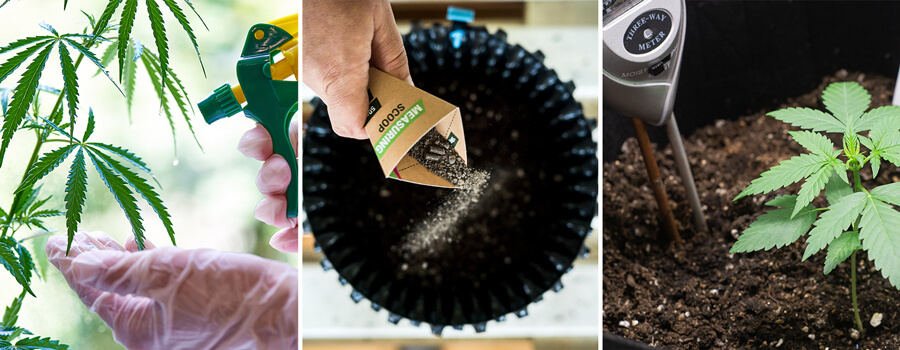
-
Applying Foliar Sprays
In response to poor net levels of a particular nutrient, you can quickly remedy the problem by applying the corresponding foliar fertiliser. Spraying a solution onto plant leaves results in rapid uptake through the stomata. Test again several days later to track the effectiveness of your intervention.
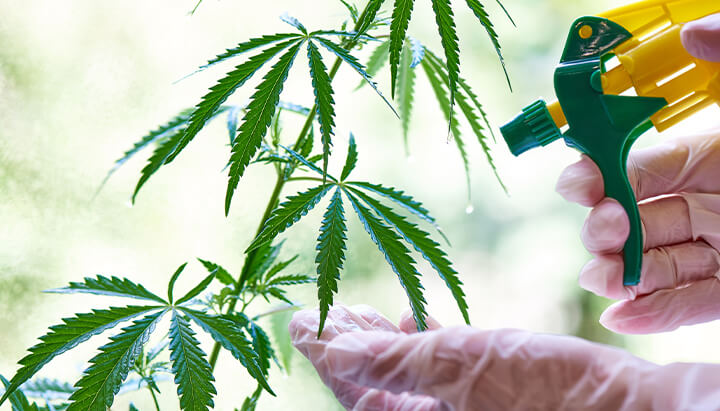
-
Tweaking Your Nutrient Regimen
When gradient levels are off, you can take a slower approach. Assuming no soil issues are at play, you can simply tweak your fertiliser regimen to feature higher concentrations of lacking nutrients in older leaves to top up the net supply of the missing nutrients.
You have several options here. Synthetic ionic salts are fast-acting but damage crucial soil microbiology over time. Alternatively, use an organic liquid fertiliser with high levels of the missing nutrient. These take longer to make an impact but preserve soil quality and help to prevent nutrient uptake issues further down the line.

-
Improving Your Soil
With nutrient levels sufficiently topped up, you can now work on increasing the overall health of your soil. A supplementary soil test will help you determine what mineral amendments to add. Then, focus on biology. Mulches, compost, and organic matter will help to improve communities of nutrient-cycling microbes in your growing medium.

The Future of Sap Analysis in Cannabis Cultivation
Plant sap analysis remains in the early stages of technological development. Currently, in-field kits are limited in the data they provide.
However, the development of similar products offers a clue to the future of sap analysis in weed cultivation. Both the microbiometer (designed to test soil microbes) and the bionutrient meter (designed to test the nutrient density of food) have smartphone compatibility.
Over the next few years, we’ll very likely see the integration of smartphone tech in the world of plant sap analysis. You can expect easy-to-use devices that test for all of your plant's nutrient needs and offer significant real-time data in the palm of your hand.
The advent of this technology will change the way almost everyone grows cannabis. Past the purists who prefer to keep things minimal, it’ll help both commercial and home growers achieve the best results every time.




























